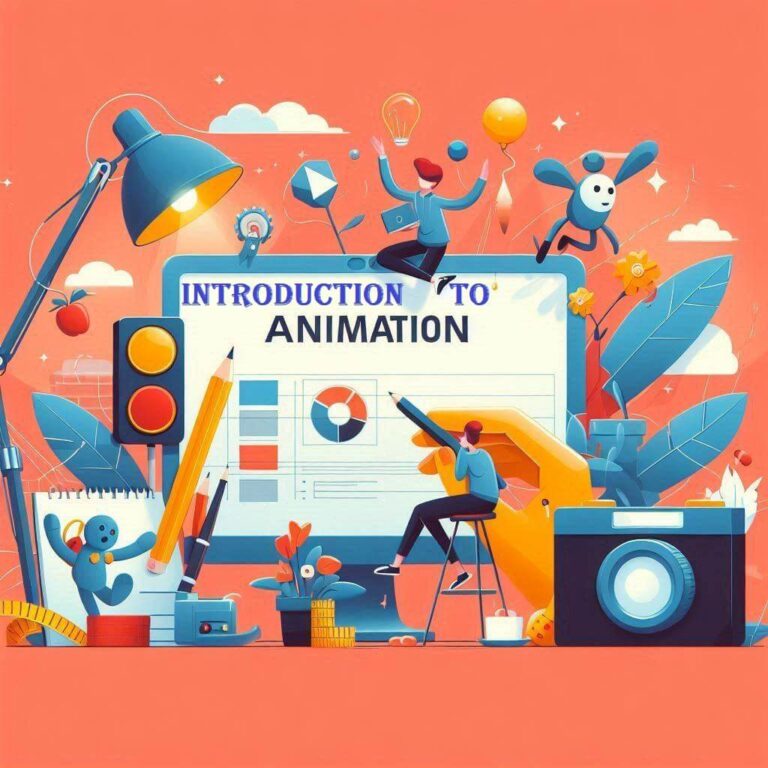3 Essential Animation Techniques for Short Films
You'll elevate your short film animation by mastering three essential techniques. First, you'll use keyframe animation to bring characters and objects to life by setting specific points in time and filling in the missing frames for smooth motion. Next, you'll craft realistic lighting by balancing lighting ratios and simulating light interaction with objects to create depth. Finally, you'll master visual storytelling by combining pacing dynamics, emotional resonance, and high-contrast colors to captivate your audience. As you apply these techniques, you'll discover the intricate balance between visual elements that will transform your short film into a cinematic experience.
Key Takeaways
- Master keyframe animation by setting specific points in time to define the start and end of a movement or action.
- Balance lighting ratios, such as 3:1 or 5:1, to achieve realistic lighting and create a sense of depth and dimensionality.
- Use Ambient Occlusion to simulate light interaction with objects and add depth to the animation.
- Employ pacing dynamics and emotional resonance through high-contrast colors, soft focus, fast-paced cuts, and long takes.
- Break down the project into manageable chunks, including pre-production, production, and post-production, to ensure a smooth animation workflow.
Embracing Keyframe Animation
When creating a short film, one of the most fundamental animation techniques to master is keyframe animation.
Keyframe basics involve setting specific points in time to define the start and end of a movement or action. You'll create a series of keyframes to capture the crucial poses or positions of your characters or objects, and then fill in the missing frames to create smooth motion.
To effectively incorporate keyframe animation into your workflow, mastering a solid grasp of animation workflows is vital.
This involves breaking down your project into manageable chunks, such as pre-production, production, and post-production. During pre-production, you'll plan and storyboard your animation, identifying keyframe opportunities. In production, you'll create and refine your keyframes, experimenting with different timing and spacing to achieve the desired effect.
Crafting Realistic Lighting
The lighting setup is essential for setting the mood, defining characters' emotional depth, and visually connecting viewers with the animation world you're crafting.
To achieve realistic lighting, you'll need to balance lighting ratios, which involve adjusting the contrast between light and dark areas. A common approach is to use a 3:1 or 5:1 ratio, where the brightest area is three to five times brighter than the darkest area.
This creates a sense of depth and dimensionality in your scene.
When setting up your lighting, consider the type of light source and its properties.
For example, a warm light source like a sunset will produce a softer, more orange glow, while a cool light source like a fluorescent light will produce a harsher, bluer light.
Ambient Occlusion (AO) is also pivotal for creating realistic lighting.
AO simulates the way light interacts with objects in the scene, casting subtle shadows and adding depth to your animation.
By incorporating AO into your lighting setup, you can create a more immersive and engaging visual experience for your viewers.
Experiment with different lighting setups and AO techniques to find the right balance for your short film.
Mastering Visual Storytelling
Mastering Visual Storytelling
Into the domain of storytelling, animation is your vessel – transporting audiences through imaginative worlds and narrative landscapes. As you navigate this territory, you'll need to balance pacing dynamics and emotional resonance to captivate your viewers. Effective visual storytelling relies on a harmonious blend of these elements.
| Visual Element | Emotional Impact |
|---|---|
| High-contrast colors | Creates tension and drama |
| Soft focus | Evokes nostalgia and sentimentality |
| Fast-paced cuts | Builds energy and excitement |
| Long takes | Establishes intimacy and connection |
| Symmetrical composition | Conveys order and stability |
Frequently Asked Questions
What Software Is Best for Beginners in Animation?
You're diving into animation software, and there are many options to choose from. Consider Blender, a free, open-source tool, or Adobe Animate, which offers free trials and student discounts, ideal for beginners testing the waters.
How Long Does It Take to Create a Short Film?
You'll spend months creating a short film, from script development to final cut. Pre-production planning is key, as it sets the stage for a smooth production process, saving you time and resources in the long run.
Can I Use Royalty-Free Music in My Short Film?
You're considering using royalty-free music in your project, but first, verify you understand music licensing terms. Also, evaluate the audio quality to guarantee it complements your visuals and enhances the overall viewing experience effectively.
What Resolution Is Ideal for Short Film Animation?
You're creating a short film and considering resolution – think about your final output: HD, 4K, or 8K. Consider frame rates like 24, 25, or 30 FPS, and common aspect ratios such as 16:9 or 2.39:1 to visualize your story.
How Do I Protect My Animation From Copyright Infringement?
To safeguard your animation, you'll want to implement robust legal measures. Consider registering your work with the U.S. Copyright Office and explore Creative Commons licenses, which allow you to set specific usage terms for your creative content.
Conclusion
You've now grasped the fundamentals of keyframe animation, realistic lighting, and visual storytelling. By mastering these techniques, you'll elevate your short films to mesmerizing, immersive experiences. Keyframe animation brings characters to life, while realistic lighting sets the tone and mood. Visual storytelling weaves it all together, engaging your audience on a deeper level. Combine these techniques to create stunning, memorable shorts that leave a lasting impression.







